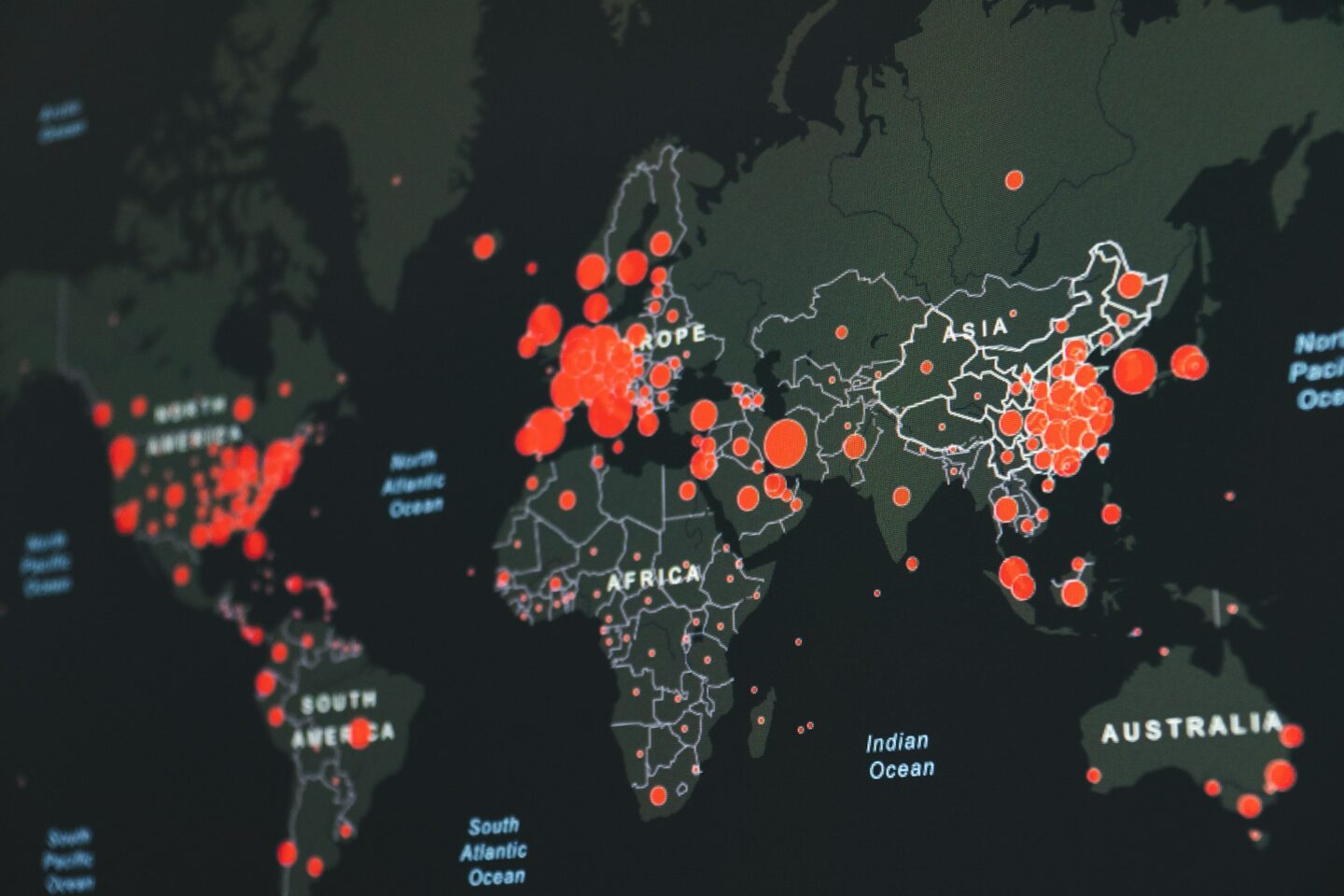The Economic and Monetary Community of Central Africa (CEMAC) has long faced questions about “excess liquidity” in its banking sector. In our recent publication, produced in collaboration with other researchers, we shed new light on this issue by examining how the COVID-19 pandemic and information-sharing mechanisms affect bank behavior and economic outcomes.
1. What Is “Excess Liquidity” in Banking?
Banks in CEMAC often hold more liquid assets than they lend out, a phenomenon attributed to several factors, including the uncertain economic environment, levels of non-performing loans, and especially information asymmetry (banks have limited insight into the true repayment capacity of certain borrowers).
2. COVID-19 as a Revealing Shock
When the pandemic hit, businesses and households faced income drops, prompting banks to shift their lending behavior:
- Short-Term Credit Surge: In the early stages, banks increased short-term lending to address urgent liquidity needs.
- Reduced Excess Liquidity: Paradoxically, the crisis helped reduce (by roughly 12%, according to our study) the usual surplus liquidity in the CEMAC banking sector.
- Heightened Risk: Economic constraints caused an uptick in doubtful loans, bolstering banks’ cautious stance over the longer term.
3. The Crucial Role of Information Sharing
Our study also demonstrates that improved information exchange on borrowers (through comprehensive credit registries, for example) can mitigate this surplus-liquidity problem. When banks have reliable data, they are more inclined to lend because they can better assess risk. Conversely, high uncertainty encourages them to keep money “idle” rather than risk non-repayment.
4. Future Outlook
Several actionable recommendations emerge from our analysis:
- Develop or Enhance Credit Registries: These would allow more accurate assessments of borrowers’ financial health.
- Refine Monetary Policy: Target liquidity injections more effectively to encourage productive lending.
- Expand Financial Inclusion: Providing suitable financing solutions for SMEs and households can put excess liquidity to productive use and stimulate broader economic growth.
In conclusion, the COVID-19 crisis has acted as a lens, bringing both the shortcomings and the opportunities of CEMAC’s banking sector into focus. Improved information-sharing systems and tailored policy measures can help transform surplus liquidity into a genuine driver of sustainable growth.
Read the original version here : https://doi.org/10.54646/bijfmr.2024.27
